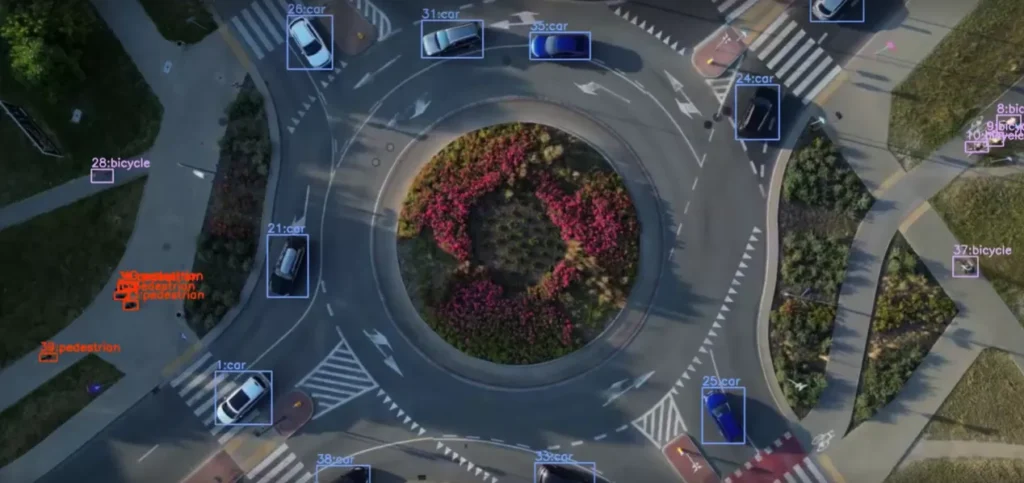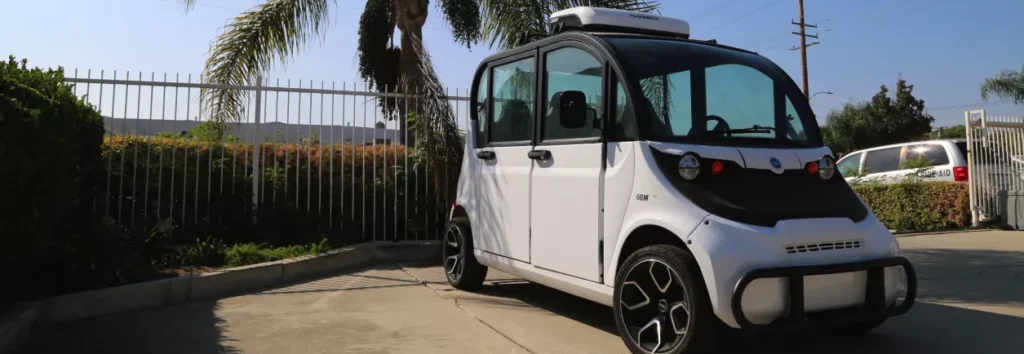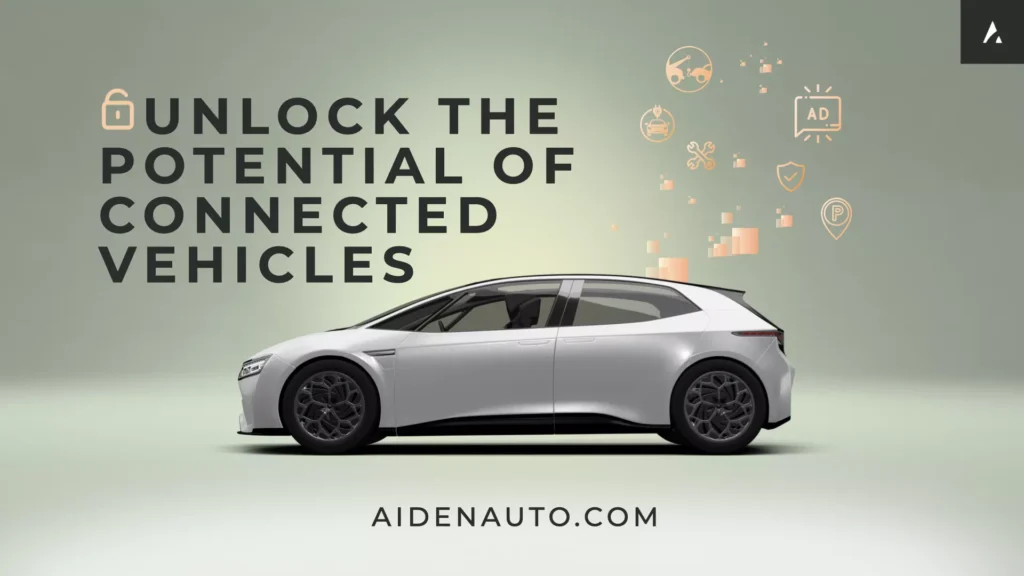










From EVs and batteries to autonomous vehicles and urban transport, we cover what actually matters. Delivered to your inbox weekly.

Micromobility has transformed how people move through cities — but one issue has quietly lingered in the background: helmets. Despite growing use of e-scooters and shared bikes, most riders go without protection. Operators have tried — and largely failed — to offer helmets at scale. Now, with smarter infrastructure and regulatory pressure rising, a second wave is coming. And this time, it’s built to last.
In the early days, major shared mobility players like Lime and Tier trialled helmet programs. But they didn’t last.
Helmets were hard to manage. They were separated from vehicles, difficult to track, and raised hygiene concerns — especially in a post-COVID world. Most ended up abandoned, damaged, or unused. Riders didn’t trust them. Operators couldn’t manage them. And cities didn’t enforce them.
So the industry quietly gave up.
But as shared mobility matures, the consequences of helmet neglect are becoming clearer.
Injury rates are rising, and cities like Milan, Toronto, and Paris are implementing stricter safety rules. Insurance firms are demanding better risk management. And city contracts are increasingly tied to safety performance.
It’s no longer enough to offer convenient mobility.
Solutions must also prove they are safe, clean, and compliant — and that includes helmets.
The next generation of helmets isn’t just better gear — it’s a system.
Smart helmets are being developed with built-in tracking, impact sensors, and automatic sanitisation. These can plug directly into fleet operations via API. Sanitisation pods, BLE tracking modules, and data feeds mean operators can finally track helmet use and hygiene — and cities can verify it.
The result? Lower operational friction, greater user trust, and real-time safety data for compliance.
Just like micromobility vehicles evolved to include GPS, IoT modules, and battery health diagnostics — helmets are evolving too.
We’re not talking about reinventing the helmet itself. The key shift is integration. Helmets are becoming part of the ride, not an afterthought. That means:
With the right tech stack, helmets move from being a liability to a value-add.
In many cities, the next wave of tenders and partnerships will hinge on safety metrics. Operators that can prove helmet use, sanitisation, and upkeep will have a competitive edge.
This isn’t just about avoiding injuries. It’s about long-term contracts, insurance discounts, and public trust. Helmets
may not seem like a business driver — but in this new compliance-first environment, they absolutely are.
The first wave of shared helmet programs failed because they weren’t built to scale. But with today’s technology and infrastructure-led approach, that’s changing.
Micromobility has matured — and with maturity comes responsibility. Helmets aren’t just a box to tick. They’re the missing link between innovation and accountability.
As cities demand more from shared mobility, the question isn’t should helmets come back — it’s how quickly can the industry bring them back, and do it right.